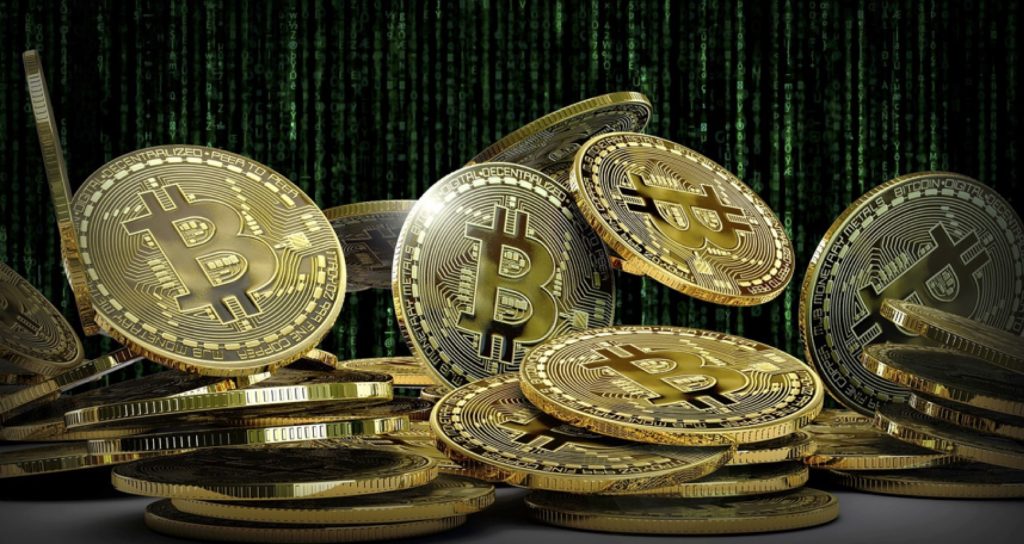Bitcoin Gold and what your Startup should know
Bitcoin Gold is a hard fork of the Bitcoin, and it has gone live in November of 2017. Well, that was some time ago, but if you are yet to join the ride, you may want a handy little walkthrough of what is what in that whole story. Many startups are focusing on Bitcoin mining opportunities.

If you want, you can find a thorough coverage of the phenomenon of Bitcoin Gold at this Investopedia link. If you would rather skip all the encyclopedic minutiae, though, we put together this handy little guide for you. Enjoy!
So what is this thing anyway?
Like we said already, Bitcoin Gold is a hard fork of the Bitcoin, invented by Jack Liao. It tries to surpass Bitcoin as gold by changing proof-of-work and thus decentralizing the mining.
As a hard fork, the Gold targets Equihash as the proof-of-work to change. Equihash is an algorithm which has a pretty good ASIC resistance level. The idea is to enable users to use their CPUs and GPUs to mine for the currency.
Why does ASIC resistance matter that much?
ASIC is the acronym for the Application-Specific Integrated Circuits. The difference between an ASIC and a CPU is that the ASIC can only do one thing – it is a “you only have one job” type of setup, but they do their only task remarkably well.
These Integrated Circuits are the current dominators in the world of BTG mining. Their main producers are Canaan, Bitfury, and Bitmain and some other startups. The reason for them being so widespread is that they use the SHA256 proof-of-work function, which has low RAM requirements and is fairly simple, in contrast to the complex and RAM-heavy Equihash.
Compare how fast a standard CPU mines SHA256 and Equihash, and how fast the ASIC can do it. For SHA256, a CPU will work at approximately 5-10 MH per second, whereas the Integrated Circuit will reach 5-10 TH per second. That is around one million times more mining done each second!
Now compare that to mining Equihash. A regular CPU will go at it at the rate of 10-30 H per second, while an ASIC will do it at approximately a hundred times faster.
What does the forking into Bitcoin Gold mean for the end user?
When the forking came about, it affected only those users who owned some Bitcoin in the chosen hard fork block. These users a set amount of Bitcoin Gold, which was exactly equal to the amount of Bitcoin they had in the targeted block.

If you are a new trader and wondering about safety, you should feel at ease with regards to replay attack scenarios. BTG features a strong replay protection rig up.
However, when it comes to actual trading and moving your Bitcoin Gold tokens from place to place, you will need to either do your transactions manually, or download a corresponding wallet. You can get a closer glimpse at all the inner working of this cryptocurrency in this informative news article, too: http://cryptotechnews.co/guides/blockchain/bitcoin-gold-what-you-need-to-know/
Arbitrage Opportunities
The important thing to keep your eye out for is the value of BTG in comparison to BTC at any given moment. If the numbers are low, around 0.0001 BTC or less for one BTG, then just leave it alone. It makes no sense to invest any effort for that.
But, if they move higher, up to 0.01 BTC or more, then you can start considering your options. Wallet developers will likely have written up several tools for your convenience, so check them out and see what way of accessing and handling your Bitcoin Gold will serve your intended purposes best.
Now, if your coins are up for exchange, you will get your Bitcoin Gold eventually from the exchange itself. Most notably, this happens nearly without fail when the BTG value stands at above the 0.01 BTC mark.
In theory, an exchange business or merchant are obliged to credit you your BTGs, as per their fiduciary duty that they take on the moment they come into possession of any of your Bitcoin assets.
In practice, though, you are better off relying on your own self. Keep control of your private keys for a greater level of flexibility with your currency flow.

